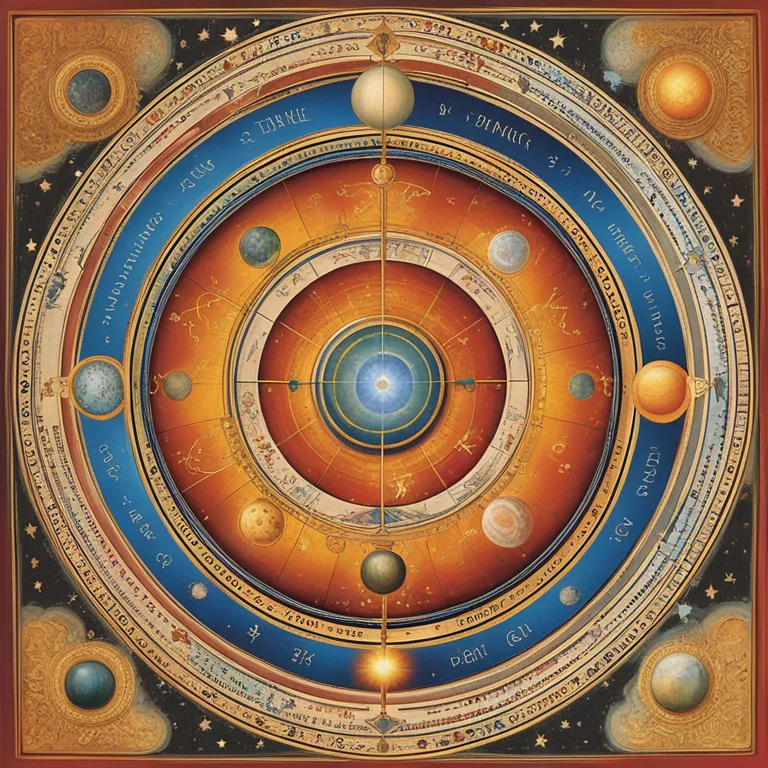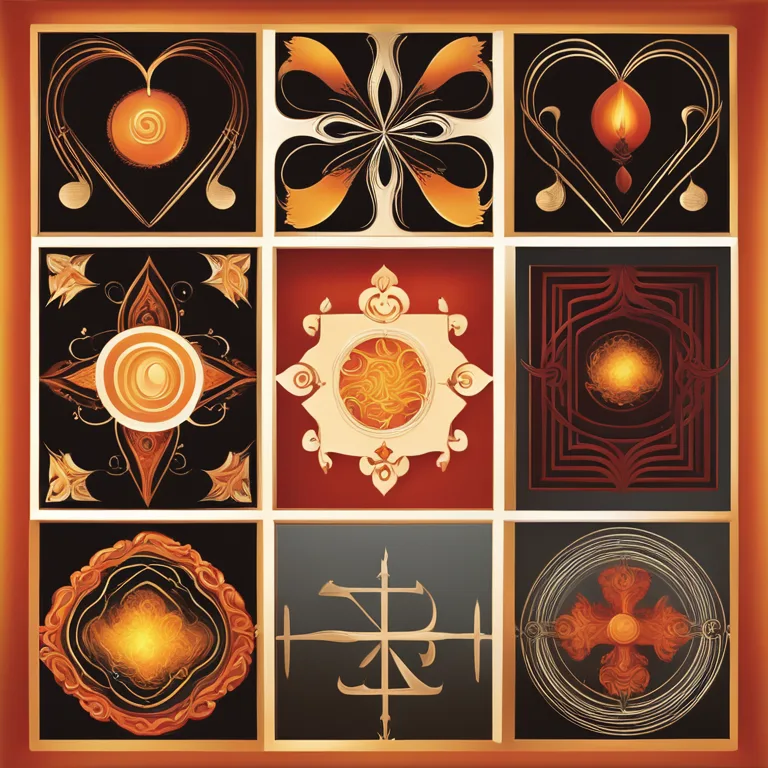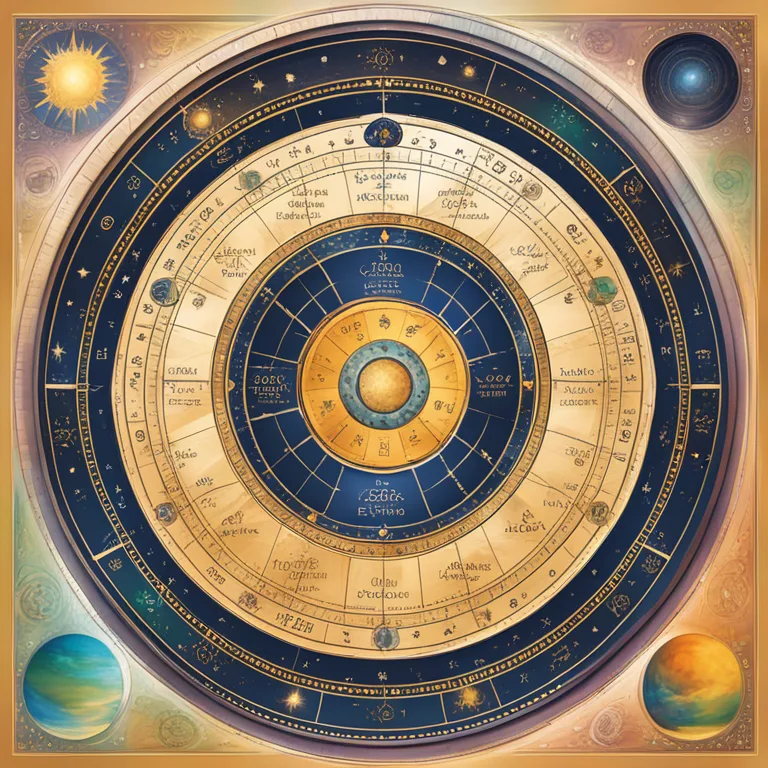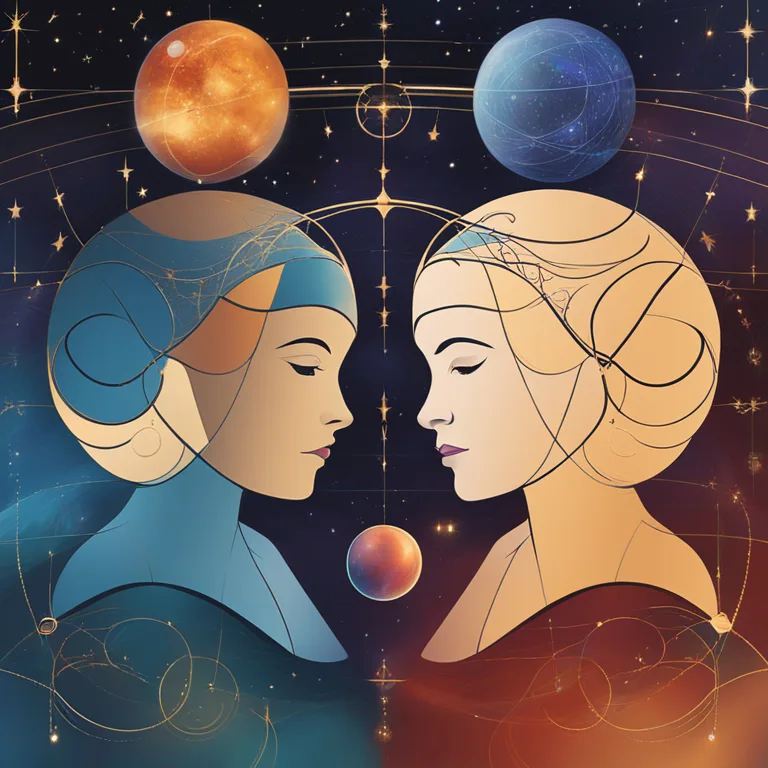
The Art of Birth Chart Compatibility
Discover how birth chart matching illuminates the potential for connection in relationships through astrological insights.
article by Priya Deshmukh
Introduction to Synastry
Astrology offers a fascinating lens through which to view our relationships, and one of the most in-depth methods it provides is birth chart matching, also known as synastry. At its core, synastry is the art of comparing the astrological birth charts of two individuals to understand their interpersonal dynamics. By examining how the planets and their positions interact, we can gain insights into the potential harmony and challenges within any given relationship. Few techniques are as comprehensive in evaluating the intricate patterns that two lives may weave together over time.

Natal Chart Fundamentals
Before diving into synastry, it’s imperative to understand the birth or natal chart of each individual. A natal chart maps the sky at the exact moment of birth, pinpointing where each celestial body was in relation to the Earth. This celestial snapshot encapsulates tendencies, strengths, and weaknesses that a person may exhibit throughout life. The signs, houses, and aspects—the angular relationships between planets—create a complex and unique profile that is key to understanding an individual's role in a partnership.

Planetary Interactions in Synastry
In birth chart matching, the interplay between two individuals’ planets is of paramount importance. For instance, one person’s Sun might form a conjunction, sextile, or trine to the other's Moon, fostering a sense of ease and mutual understanding. Alternatively, challenging aspects such as squares or oppositions could indicate areas of tension that require effort and compromise. The aspects between Venus and Mars are particularly revealing, as they often relate to romantic and sexual compatibility.

The Role of the Elements
Another component to consider is the elemental balance between charts. The elements—fire, earth, air, and water—each represent different qualities and energies. Fire is dynamic and passionate, earth is practical and stable, air is intellectual and communicative, and water is emotional and intuitive. For harmony in a relationship, complementary elemental energies can indicate a supportive and balanced union, whereas a lack of element compatibility might suggest challenges or a need for conscious adjustment.

Houses of Connection
The houses in which another person's planets fall into one’s own chart can also reveal where they will most significantly impact their partner's life. For example, if someone's planets predominantly fall into their partner's seventh house, the house of partnerships, this indicates a strong potential influence on partnerships and close relationships. Conversely, planets lodging in the twelfth house may suggest a more hidden or private interplay. Understanding these placements can offer a roadmap for where energies will confluence or diverge in the lives of both individuals.
Compatibility beyond the Stars
It’s essential to note that while birth chart matching can provide deep insights into the capacities for compatibility, it’s not a complete determinant of relationship success. Free will, personal growth, and life circumstances play equally significant roles. Astrology serves as a guide, not a fixed prediction. Relationships are as complex and changing as the individuals within them, and while astrological compatibility can be a useful tool, it should complement rather than dictate the natural flow of connection.
Published: 12/22/2023
Modified: 12/22/2023
More predictions
Come back here soon to learn more about yourself and your future


Understanding 12 Astrological Houses
Delve into the meanings and influences of the twelve astrological houses that shape personal horoscopes.


Astrological Houses: A Comprehensive Guide
Discover the fundamental roles of astrological houses and how they influence your personal horoscope and astrology readings.


The Role of Astrological Houses
Discover the fundamental concepts of astrological houses and how they influence personal astrological charts.